Earlier this year, Aberdeenshire Council decided to close a number of rural schools across the region – ushering the end of an era for communities.
Five primaries will shut permanently within the next three years – and 40 others are under threat as student roll continues to dwindle and classrooms lay “half-empty”.
The local authority says the changes are needed as they look to reshape the education system, arguing this would “meet the current and future needs of communities”.
Some of the schools earmarked for closure will shut outright, and others will be mothballed – a relatively usual practice in remote areas.
But what exactly does mothballing mean?
Here is everything you need to know about the process, and what it means for those affected.
What is ‘mothballing’ – and why schools end up being closed?
Simply put, ‘mothballing’ a school means the facility will be temporarily closed.
The procedure is triggered once a school is left with just eight – or fewer – pupils.
This tends to be the case in more remote areas where families either move, or decide to send their kids to school in bigger towns.
So more often than not, rural schools are the ones to bear the brunt of this decision.
However, it’s important to note that this is not necessarily a definite – and the building could reopen IF the circumstances change.
A prime example of how a school could avoid closure is from last March when Aberdeenshire Council decided to mothball Largue School, near Huntly.
But following a successful campaign by parents, the decision was reversed.
What does the process involve?
Making the decision to mothball a school doesn’t happen in a day, however, and is usually followed by a lengthy and complicated process.
Staff at schools that have just one class are given mothballing guidance to prepare them in advance for what could happen if the roll declines.
If that does happen, education bosses begin extensive discussions with the head teacher while closely monitoring pupil numbers.
A proposal to mothball the school is made when the situation begins to look rather dire, with no prospects of any immediate improvements.
Councils have to follow stricter guidelines when it comes to rural schools, and they need to carry out consultation with parents before a school is closed or relocated.
What happens when a schools gets mothballed?
Once it is decided that mothballing is the best option, various meetings are held to inform everyone – from staff and parents, to councillors and school transport firms.
Work is then carried out to move affected pupils to alternative schools within the catchment area.
Schools are mothballed for up to three years – and after that the closure becomes permanent, or in other words, it cannot reopen regardless of any pleas to do so.
So what are the benefits of it?
In a nutshell, the main benefit of mothballing a school is that this allows pupils to interact with more people their age as they are moved to bigger classes.
According to councillors, that is.
They believe that while more one-to-one attention between pupils and teachers can be seen as a benefit, “fewer is not always better”.
And they add that being in a small class can sometimes be isolating.
Another benefit to closing schools – and a crucial one for local auhtorities – is that the move tends to save them cash.
For example, it costs around £261,000 to run the small King Edward School near Banff, which equates to a staggering £11,358 per pupil.
How many Aberdeenshire schools have been closed over the years?
The number of schools that have been shut in the last 15 years – both permanently and temporarily – is actually not that striking.
Five schools across Aberdeen have been closed, and a further five are currently mothballed (so technically there is still hope for them to reopen).
The closed schools are:
- New Aberdour School (closed in May 2009).
- Ardallie School (mothballed in September 2012 and closed in July 2014).
- Strachan School (mothballed in August 2015 and reopened in November 2015. It was mothballed for a second time in 2017 and closed in June 2021).
- Longhaven School (mothballed in 2019 and closed in August 2022).
- Gartly School (mothballed in 2021 and closed in January 2023).
And the mothballed facilities are:
- Fisherford School and Easterfield School were mothballed during the 2021-2022 session. A final decision on their permanent closure is currently with the Scottish Government for approval.
- Clatt School (mothballed during 2022-2023 session).
- Kinneff School and Tullynessle School (mothballed during this current 2024-2025 session).
What happens after closure?
Buildings that have been mothballed are regularly checked and maintained to ensure they are wind and watertight.
Any equipment, such as computers, or furniture is given to other schools but must be returned should the facility need to reopen.
Once a school is closed for good, the future of the building can typically go one of two ways.
It could either be knocked down and the land put on the market for potential redevelopment, or the buildings could be kept in hope of it being repurposed.
This has been the case withthe old Strachan School which is being transformed into a house.
Meanwhile, work is underway to convert the historic Old Fordyce School into a residential teaching centre for adults.
Read more
- ‘It’s deeply sad’: Closure of FIVE Aberdeenshire village schools agreed as ‘best for the kids’
- 33 school across Aberdeenshire ‘half-empty’ as cash-strapped council warns of ‘tough choices ahead’
- Kids split from pals, parents cutting back on work and longer trips: Tullynessle parents on the realities of rural school closures
- ‘I wish the magic key would open the door again’: Tullynessle families share heartbreak in fight to reopen nursery
- ‘Emotive’ Aberdeenshire school threat as council reveals 40 are ‘soon to be sitting half-empty’
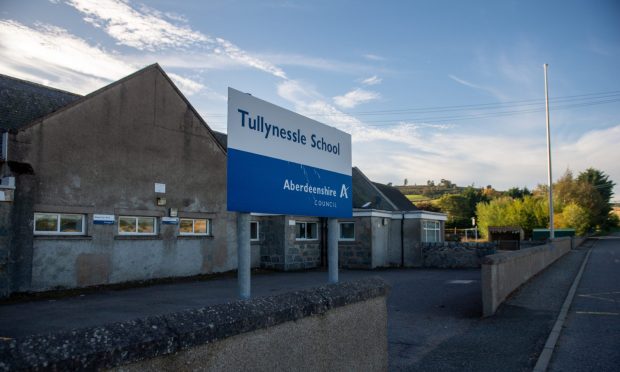
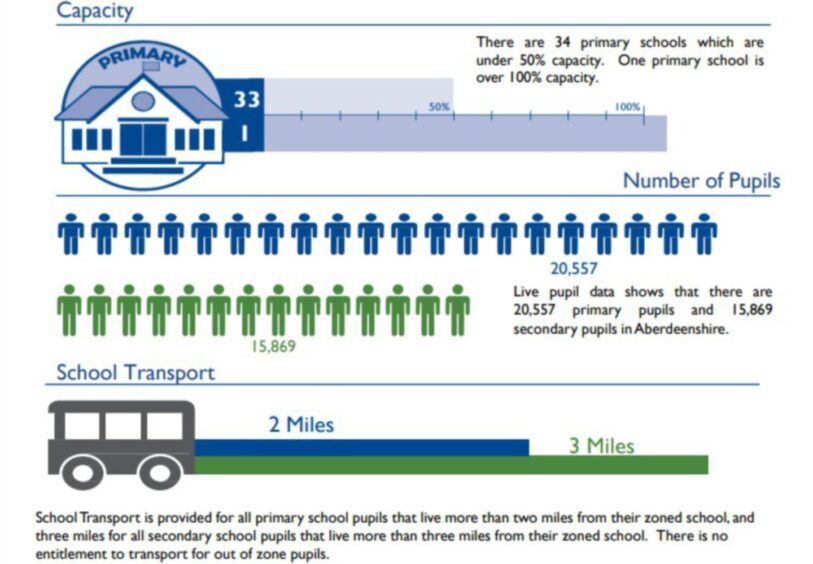
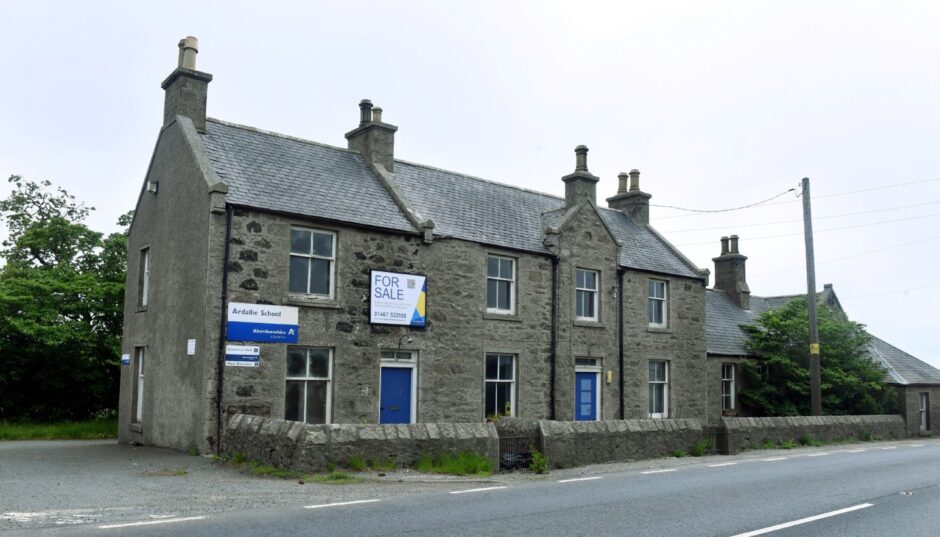
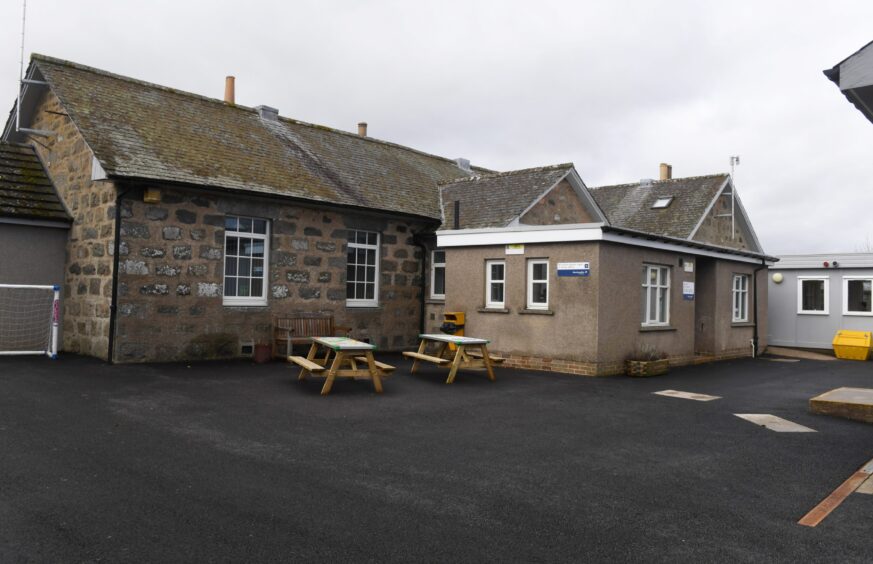
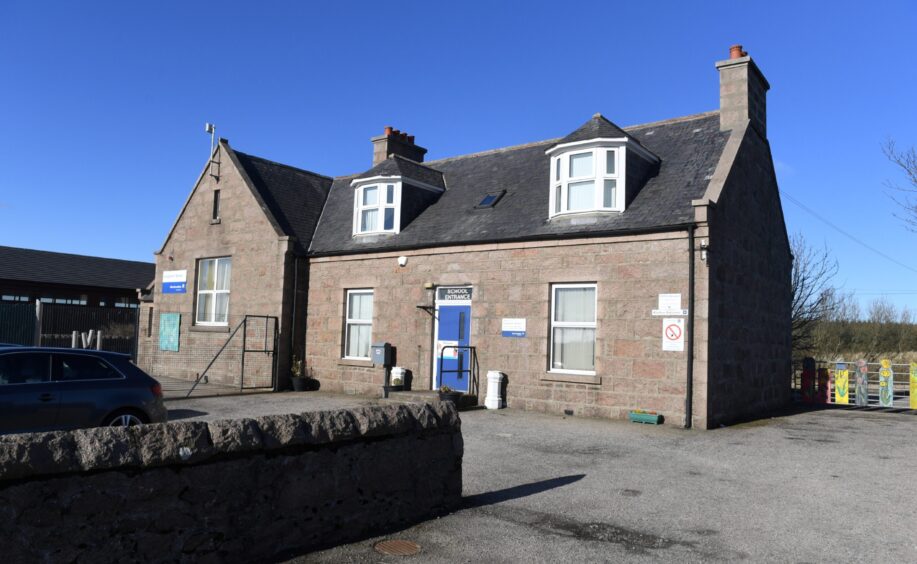

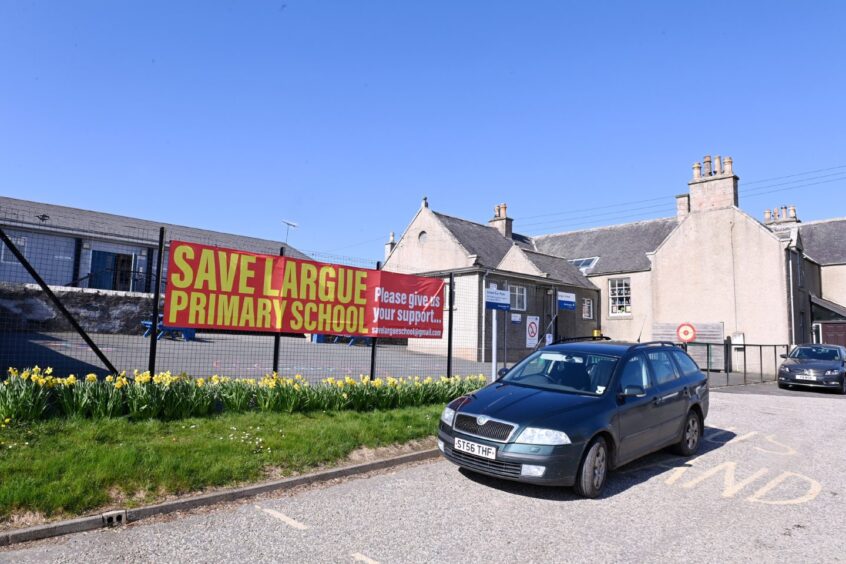
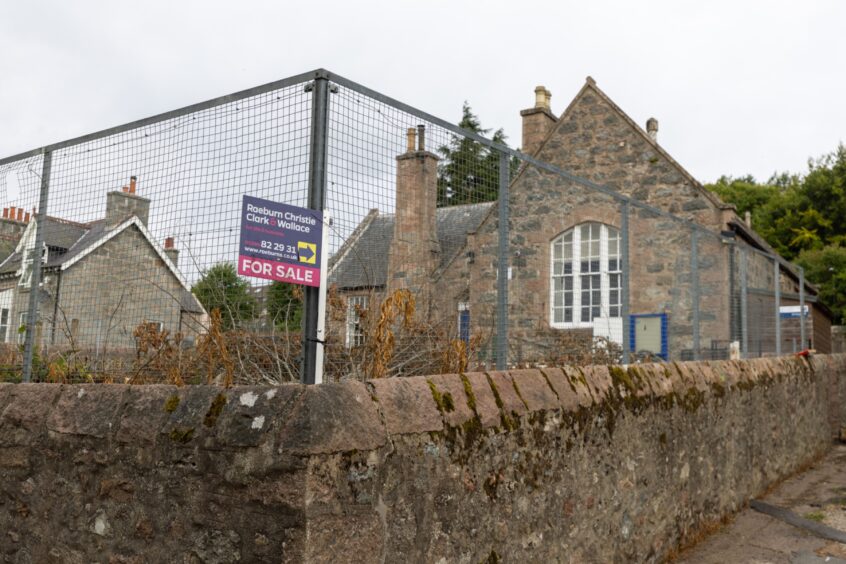
Conversation